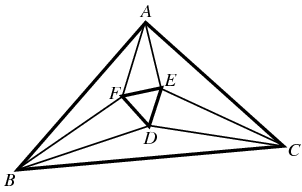Phần bổ sung này được Microsoft ìthầm lặng” đưa vào Office 2007 Add-in, sẽ hỗ trợ người dùng xuất hay sao lưu theo các định dạng PDF và XPS trong cả tám chương trình trong bộ Microsoft Office 2007. Ngoài ra, người dùng cũng có thể gởi như tập tin đính kèm trong email với định dạng PDF và XPS trong phần phụ của các chương trình này.
Được hỗ trợ bởi Windows Server 2003, Windows XP Service Pack 2, Microsoft sẽ công bố và cho phép tải miễn phí đến tất cả những người dùng đang sử dụng Microsoft Office 2007 có bản quyền, tích hợp vào các chương trình con như Office Access 2007, Office Excel 2007, Office InfoPath 2007, Office OneNote 2007, Office PowerPoint 2007, Office Publisher 2007, Office Visio 2007 và Office Word 2007.
Với động thái cạnh tranh với các bộ công cụ văn phòng miễn phí như OpenOffice, Microsoft sẽ thu hút được nhiều người dùng hơn khi định dạng PDF ngày càng phổ biến và được xem là định dạng văn bản trực tuyến phổ biến nhất.

---------
tuoitreonline

 Posted by
Posted by






